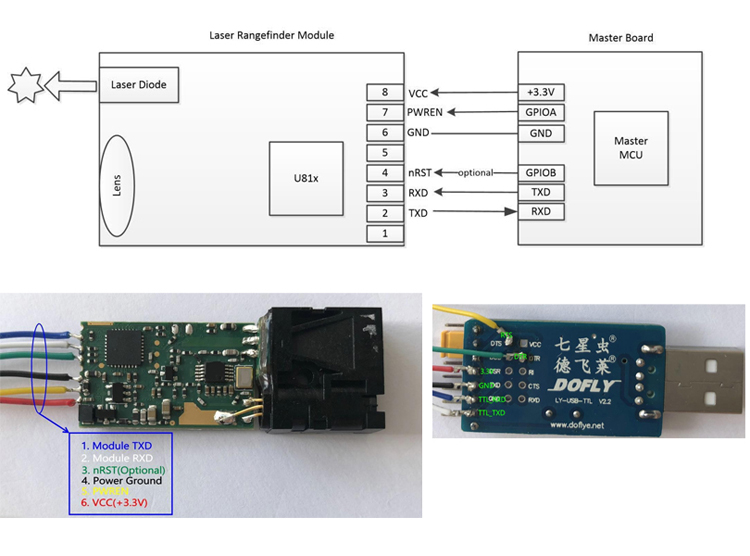The amount of organic fertilizer applied is insufficient. With the improvement of rural conditions, the enthusiasm of farmers to build farmyard manure has decreased, and the aquaculture industry has gradually shifted from farmer households to large-scale breeding. The number of farmer manure and manure has decreased, while the utilization rate of large-scale livestock and poultry manure resources is not high. The amount of organic fertilizer applied is insufficient. The structure of chemical fertilizer application is unreasonable. Many farmers have more serious problems of blind fertilization, resulting in increased tillering, weak stems, reduced resistance to cold, cold, and disease resistance. They are often exposed to winter frost damage and spring cold damage. In the middle and late stages, pests and diseases are aggravated and easily fall, which affects production. Straw returning to the field does not increase nitrogen fertilizer. Returning straw to the field is an effective measure to solve the problem of organic fertilizer deficiency, but many farmers do not grasp the technology, and do not increase the application of nitrogen fertilizer after the straw is returned to the field. The fertilization method is unreasonable. In some low-yield fields or poor soil areas in winter wheat producing areas, there is a “one-shot†fertilization method, that is, the whole planting period is applied to the soil, and all the fertilizers are applied to the soil at one time, and no longer topdressing during the growth period. Improper time of topdressing. In most winter wheat fields, spring topdressing is carried out in the regreening stage. Early spring is the key period for wheat spring tillering and basal internode elongation. Premature topdressing often results in excessive inefficient tillers, wheat field population is too large, stems are weak, base The internodes are too long; it will also cause the field to be closed in the middle and late stages of wheat growth, poor ventilation and light transmission, and the disease such as powdery mildew will be aggravated, which will lead to lodging in the later stage and affect the yield and quality of wheat. New fertilizers are applied blindly. Some of the scientific and technological content is not high and excessive speculation, which makes the farmers unclear, blindly applied in the case of unclear investment direction and unclear application methods, resulting in reduced production and economic losses. Disclaimer: Some articles on this website are transferred from the Internet. If legal rights of third parties are involved, please inform this website. phone
New product of U85 micro laser distance sensors use highly focused class 2 laser to detect objects or measure distances, and can return a measured value via varieties intface( serial, usb, rs232, rs485, bluetooth etc.). The electronic distance sensor is a very small Laser Distance Sensor, but high resolution up to 1mm and long distance measuring sensor - teachable measuring range of up to 30m. Extremely accurate distance sensing sensors, errors down to ± 1mm. And the mini sensors and measurements support continuous measurement function, great for compact solutions(eg: robots) with the smallest Laser Distance Sensor of the world!
Parameters of U85:
Accuracy
±1 mm (0.04 inch)
Measuring Unit
mm
Measuring Range (without Reflection)
0.03-20m/0.03-30m
Measuring Time
0.1~3 seconds
Laser Class
Class II
Laser Type
620nm-690nm, <1mW
Size
41*17*7mm (±1 mm)
Weight
About 4g
Voltage
DC2.0~3V
Electrical Level
TTL/CMOS
Certifications
CTNT, FDA, CE, FCC, RoHS, etc.
Operating Temperature
0-40 ℃ (32-104 ℉ )
Storage Temperature
-25~60 ℃ (-13~140 ℉)
Mini Laser Distance Sensor,Optical Laser Distance Sensor,Smallest Laser Range Sonsor,Laser Measuring Sensor Chengdu JRT Meter Technology Co., Ltd , https://www.accuracysensor.com
Wheat fertilization must avoid six major problems